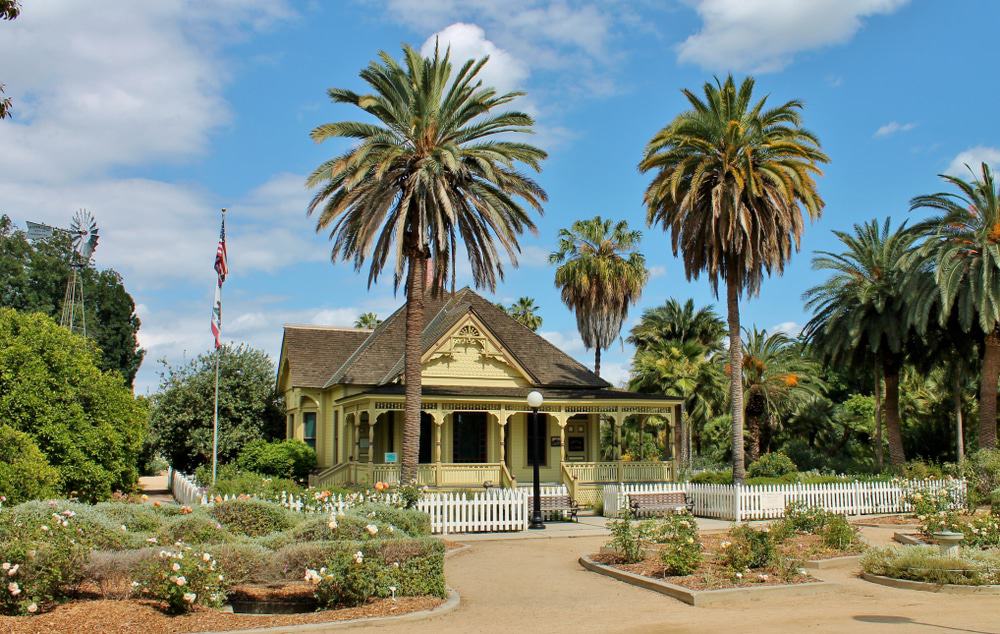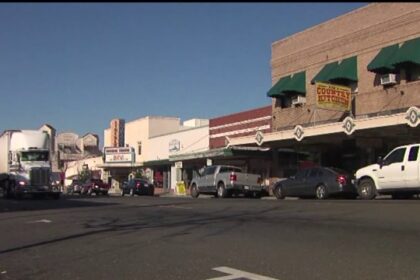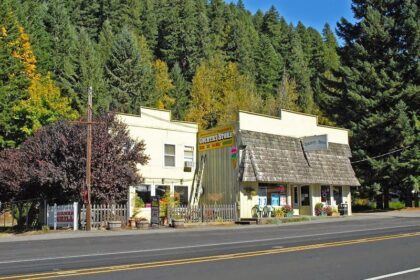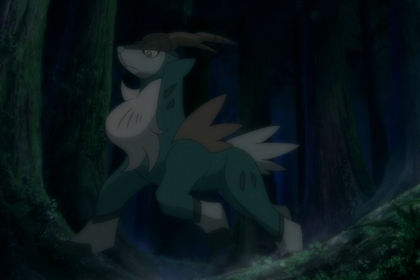Fullerton is a city located in northern Orange County, California, United States. Take a look below for 20 amazing and fun facts about Fullterton, California, United States.
1. As of the 2010 census, the city had a total population of 135,161.
2. Fullerton was founded in 1887. It secured the land on behalf of the Atchison, Topeka and Santa Fe Railway.
3. Historically it was a center of agriculture, notably groves of Valencia oranges and other citrus crops; petroleum extraction; transportation; and manufacturing.
4. It is home to numerous higher educational institutions, particularly California State University, Fullerton and Fullerton College.
5. From the mid-1940s through the late 1990s, Fullerton was home to a large industrial base made up of aerospace contractors, canneries, paper products manufacturers, and is considered to be the birthplace of the electric guitar, due in large part to Leo Fender.
6. The headquarters of Vons, which is owned by Albertsons, is located in Fullerton near the Fullerton–Anaheim line.
7. Evidence of prehistoric animal habitation, such as saber-toothed cats and mammoths, is present in Ralph B. Clark Regional Park in the northwest of the city.
8. Europeans first passed through the area in 1769 when Gaspar de Portolà led a Spanish expedition north to Monterey.
9. From the description recorded in the diary of Father Juan Crespi, it seems likely that the party camped on July 29 near present-day Laguna Lake, in the Sunny Hills area.
10. In 1837, the Fullerton area became part of Rancho San Juan Cajón de Santa Ana, granted to Juan Pacifico Ontiveros, a Spanish soldier.
11. Ontiveros began to sell parcels of the Rancho to migrant Americans settling and developing California in the aftermath of the 1849 Gold Rush, including Abel Stearns.
12. In the 1860s, Stearns sold in turn to Domingo Bastanchury, a Basque shepherd.
13. In 1886, while in the area on a duck hunting vacation, brothers George and Edward Amerige, heard rumors that the California Central Railroad, a subsidiary of the Santa Fe Railway, was looking for land. Sensing opportunity, they arranged to buy 430 acres (1.7 km2) north of Anaheim for approximately $68,000.
14. They then began negotiations with George H. Fullerton, president of the Pacific Land and Improvement Company, also a Santa Fe subsidiary. They offered free right-of-way and half interest in the land to the railroad if Fullerton’s survey were revised to include the proposed town site, and on July 5, 1887, Edward Amerige formally staked his claim at what is now the intersection of Harbor Boulevard and Commonwealth Avenue.
15. In 1894, Charles Chapman purchased an organge orchard in eastern Fullerton. The Valencia variety of oranges he promoted from his Santa Ysabel Ranch, well suited to the local climate, proved a boon to producers; Fullerton boasted more orange groves than any other municipality in the United States.
16. Cultivation of walnuts and avocados also flourished, and the Western railroad town became an agricultural center. Fullerton was incorporated in 1904, but not officially recognized until 1907, due to conflicts at that time.
17. Drilling for petroleum began in 1880 with the discovery of the Brea-Olinda Oil Field and fueled the first real boom, peaking in the 1920s. Construction reflected the vogue for Spanish Colonial and Italian Renaissance-inspired architecture, as in the historic Fox Fullerton Theatre (erected 1925); the Muckenthaler House, designed by Frank K. Benchley (erected 1924); and the city’s chief landmark, the Plummer Auditorium and clock tower (erected 1930). Fullerton College was established at its present location at Chapman Avenue and Lemon Street in 1913.
18. Meanwhile, the city banned all overnight street parking in 1924— a law enforced to the present day, unless an area is specifically exempted.
19. Significant public works projects from the interwar period were constructed during this period, including the conversion of a southwestern sewer farm into Fullerton Municipal Airport at the behest of Placentia ranchers and aviators William and Robert Dowling in 1927.
20. Through the mid-1900s the economy shifted toward food processing rather than food production, as well as manufacturing; southeastern Fullerton became an industrial center. Val Vita Food Products began operating a citrus juice plant in western Fullerton in 1932. By 1941 it had become the largest food processing company in the US. In 1934 A.W. Leo, Tom Yates and Ralph Harrison developed the first Hawaiian Punch recipe in a converted garage in Fullerton. The city also became a producer of aerospace equipment, electrical and electronic components, navigation systems, and laboratory instruments.




